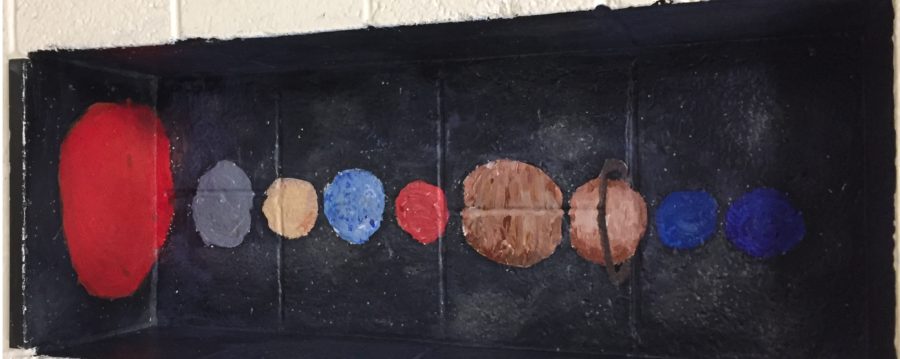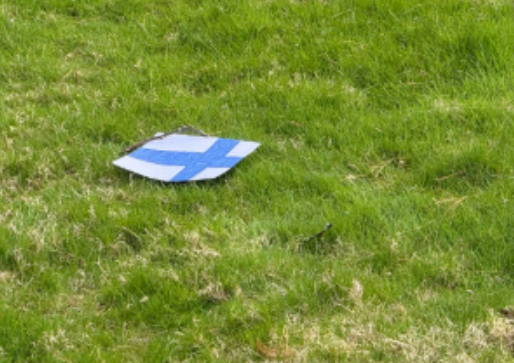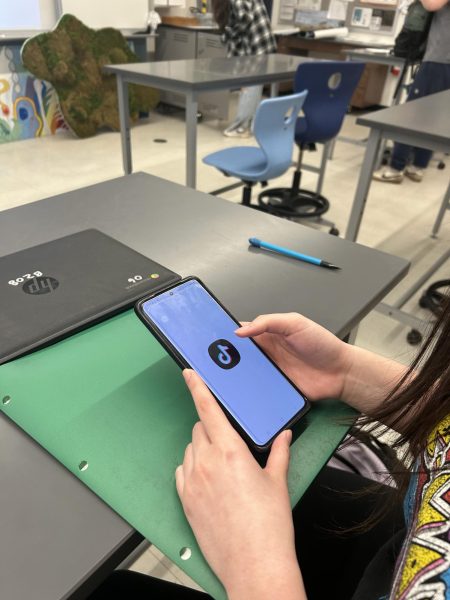Exo-Planets: What’s The Big Deal?
The National Aeronautics and Space Administration (NASA) recently announced the discovery of seven ‘Earth like’ planets in the nearby constellation Aquarius.
The planetary system named after The Transiting Planets and Planetesimals Small Telescope in Chile, “TRAPPIST-1” set a new record for the largest amount of habitable planets found around a single star outside of our own solar system. “It’s pretty cool… I’d go to another planet,” said Kyle C.
Simply put, the planets may contain water. H2O, the substance that makes up more than 50% of the human body, is one of the many necessary features required in order to sustain life. But what do these planets have to do for us? Not much.
The TRAPPIST-1 solar system is 40 light years away. The speed of light is 671 million miles per hour. With the fastest spaceship ever constructed on Earth thus far being the unmanned probe Helios 2, built in 1976, it would take approximately 175,000 years to reach the constellation. Or just over 1 million years with the fastest manned spaceship, the spacecraft Apollo 10, built in 1969.
“Our current technology absolutely prohibits us from traveling 40 light years,” said Mr. Norman Burtness, physics teacher at Hall High School. “Maybe with another propulsion system, such as ion propulsion, we could make it.”
Assuming that eventually in history the human race creates a spaceship with enough thrust to decrease the travel time by a substantial amount. Even then, we come across numerous problems. “It’s interesting, but we can’t do anything with it because it’s too far away,” said Jake G. Seeing as it is impossible travel the speed of light due to the Einstein’s theory of relativity, it’d be incredibly difficult to try and endure that long of a journey with a conventional spaceship.
However, let’s suppose humans make it to one of the habitable planets. “Ecosystems are too complex to manufacture,” said Mr. Burtness. “In order to sustain life there would need to be water, oxygen, and access to food,” said Dr. Kathleen Coghill, a biology and environmental teacher at Hall High School. “We could viably live off of plants only if photosynthesis is happening. Or even create hydroponics,” which is the process of growing plants without necessarily using soil.
According to data collected from the telescope, Spitzer, first used to identify these planets, TRAPPIST-1 appears to be rocky in nature. “I think the idea of having another Earth like planet is pretty cool,” said Colin F. However, the conditions of each planet’s atmospheres are not currently known.
NASA’s Hubble Space telescope is now being directed towards these planets in an attempt to assess each planet’s air. Additionally, the James Webb Space Telescope, launching in 2018, will be able to further evaluate the atmospheres of the planets as its instruments have increased sensitivity.
“The big question everyone wants to know is, how common are we?” said Mr. Burtness. “The conditions for human life to have formed had to be perfect, [from] the rotation of the Earth, [to] its iron core.”
Critically acclaimed science fiction writer Arthur C. Clarke surmises the only two possibilities there are. “Either we are alone in the universe or we are not. Both are equally terrifying.”






